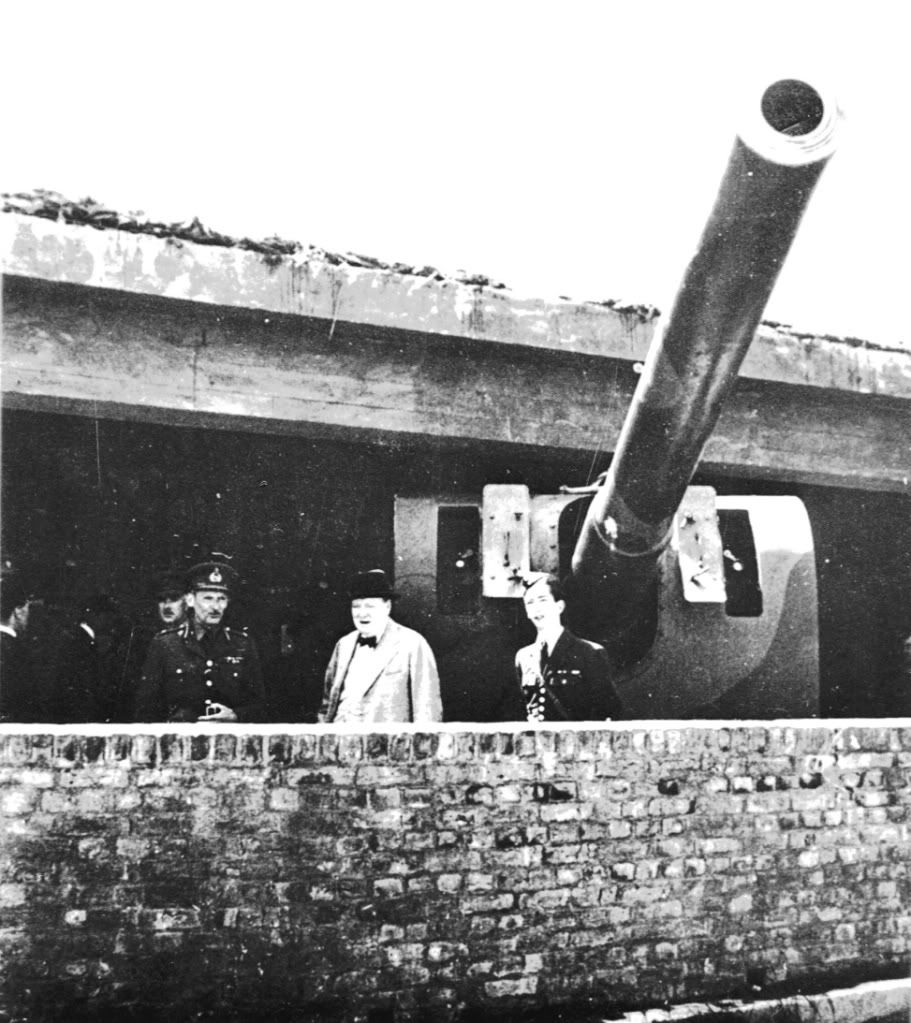Oh I rather think in that particular case the aura of immense ego would have provided sufficient protection to cover that not given by a single skin 9 inch brick wall!
The interesting thing there is
what the wall is built from - it appears to be "press-fired", not kiln-fired brick. Press-firing brick involved the bricks being shaped, airdried, the stacked over wood like a long prehistoric "chamber grave"....then earth shovelled over the top once the fire was lit - so that the hollow brick stack baked not unlike charcoal being burned.
This results...when the "press" is dug out and the bricks let cool...in hard brick, yes - but ALL different colours on their sides from a light tan to an almost "glazed" finish...depending which face had been stacked towards the fire, and how hot it had got when baking compared to others. This is the multicoloured "wartime" brick we're all used to seeing....and it was easy to make, bricks could be press-fired right beside a claypit. In the seaside village where I was born - there was on old wartime brickpoit across a main road from a WWII airfield, where all the buildings built from brick
used brick from two hundred yards away!
Press-fired brick has proved very longlasting, and pretty impoervious in most places to frosting...
but it tended to be brittle 
There are plenty of historical anecdotes from the Blitz of bombs dropping outside bomb shelters constructed of this brick...and it shattering,
letting the concrete roof fall on the occupants! This happened in several place in Belfast in 1941...
(Where you see similarly-constructed bombshelters on RAF fields etc - they're usually backfilled against their outer walls with earth!)
...in other words - a bomb or shell dropping too near that wall and the occupants NOT behind the gunshield/turret are going to be showered with flying halfbricks!

Twenty years ago we had Johnny Cash, Bob Hope and Steve Jobs. Now we have no Cash, no Hope and no Jobs....
Lord, please keep Kevin Bacon alive...
